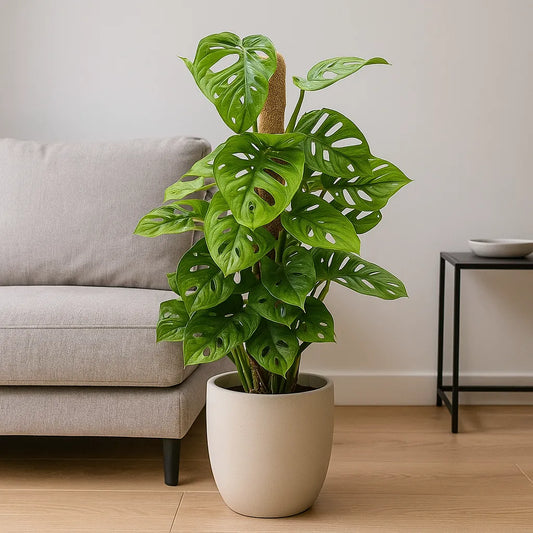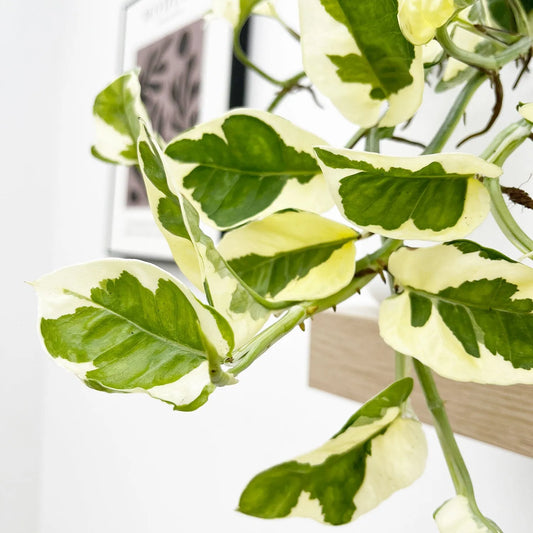Quick Tips: Native plants
If you want an easy-to-care for, beautiful garden that you can enjoy year after year, or you’re conscious of the environment and local ecosystems, native plants are the best option. But what exactly are native plants and what are the benefits? Let’s take a closer look.
What are native plants?
Native plants are defined as the plants that grow naturally in any given area. Plants native to the UK are very different to those that are considered native in the US or Australia simply because they have adapted to the local environment over time. Wildlife such as insects, bees and birds have evolved at the same time and so cannot survive if the plants do not remain in the local area.
We highly recommend native plants for your garden because they have adapted to survive in your area so you’re more likely to have a low maintenance garden that you can enjoy year after year and which does not require fertilisers or chemicals to grow or survive. In addition, you will be contributing to the maintenance of the ecosystem in your local area.
Why is it important to have native plants?
As we have already mentioned, native plants require much less work and maintenance than non-native plants because they have spent hundreds of years adapting to the soil, climate and precipitation in your area. They tend to be less invasive than other plants because their natural predators keep them in check. This means they also need less fertiliser and feed to thrive, further preventing damage to the environment through chemicals and water run-off.
One of the most important parts of planting native plants is their ability to help preserve the animal and insect populations and providing the right shelter for food and wildlife. This is something non-native plants are unable to provide.
What are the benefits of native plants?
Low maintenance
You will find that native plants don’t need too much maintenance once they’ve had a chance to establish themselves and they will spread quickly to prevent weeds from having the opportunity to push through. They are more resistant to disease and other environmental factors because they are so well adapted to the climate around them.
Kinder to the environment
Including native plants in your garden is a great way to do your bit towards combating climate change. Not only will there be a reduction in noise and carbon pollution from garden power tools required for maintenance, native plants are also more effective at storing up carbon dioxide.
They can also hold water much better than non-native plants, saving on water. This is due to their ability to adapt well to the precipitation your area receives.
Healthier and stronger plants
Native plants tend to be healthier and more hardy because they have learned to thrive in a specific area, adapting to the soil, water supply, varying weather and the native wildlife. As a result, their root systems tend to be deeper which means their more likely to reappear year after year.
Uncover natural beauty
As a result of being better adapted to their environment, native plants are able to put more energy into growing beautiful flowers, an abundance of fruits and produce a variety of colour throughout the UK’s four seasons.
How do native plants help the environment?
As they’re better suited to their environment, native plants need much less water, fertiliser and pesticide than other plants. By eliminating the need for mowers and other garden equipment, native plants help to reduce pollution as a by-product of keeping themselves in check. In addition, they can pull and store excess carbon, making them great for keeping the air cleaner and less polluted.
In addition native wildflowers and grasses helps to maintain a healthy ecosystem in the area by attracting a range of butterflies, birds and animals.
Native plants help to enrich the soil in your garden because their roots tend to grow much deeper and break up heavy clay soils, allowing water to properly permeate the soil.
How do you prepare soil for native plants?
Before you start planting, you should try and take control of the weeds within your soil. Be careful when digging weeds up because you can disturb and spread dormant seeds and roots which might sprout up after you’ve dug the soil over.
Try to prepare your flower beds two or three months before you intend to start planting to allow the soil to settle properly. For the best results, the soil should be free of grass and weeds before planting.
How do you plan a native plant garden?
Planning a native garden often takes just as much planning as planting non-native plants but you will reap the rewards in terms of your time, energy and cost once they have established themselves.
Planning your native garden involves a variety of steps, just as any other garden does!
Step 1: Planning and design
Whether you’re starting from scratch to plan a native garden or simply incorporating native plants into your existing garden, you will need to assess your area and soil conditions to make sure you choose the plants that are going to thrive.
In your planning, try to imitate the plant combinations in your local area by observing the wild plants and flowers around you. This will give you a good idea of the plants that are likely to thrive in your garden.
Step 2: Prepare the soil
Getting your soil ready and removing any weeds is essential before you start planting native plants. You need to till your soil and make sure it's moist enough to begin planting. You want to give your native plants the best chance to establish themselves but you won’t be able to do this if your flowerbed is infested with weeds!
Step 3: Choose your plants and get planting
Make sure you choose plants based on the soil, light and water conditions in your garden. For the most successful native garden, choose species that would grow together in the wild.
Once you’re ready, you can start planting your selection. For a more natural look, avoid planting them in rows and add mulch to your flower beds help control weeds and protect your plants against temperature fluctuations.
Step 4: Maintain your native garden
It might take several years for your native garden to become fully established but you can still enjoy it and it will take some maintenance to help it thrive and grow. Two to three weeks after planting is a critical time for watering and weeding to help them transition to your garden. Once it’s established, a native garden will need little maintenance.
How often should you water native plants?
While your plants start to establish them in the first few weeks after planting, you should water them every day unless it rains. After the crucial first weeks, you can reduce watering to a couple of times a week unless the weather’s extremely hot and dry as newly planted plants can only absorb water from the potting soil as their roots are not established enough to go any deeper.
For the next few months, you should water deeply and infrequently. In the following years, you will only need to water your plants when it’s dry as the local weather should see to most of the watering!
Do native plants need fertiliser?
Generally, native plants tend to be adapted to their environment and can thrive in difficult growing conditions. Fertilising them isn’t always necessary because they should be able to get the nutrients they need from the soil. However, if your soil is of poor quality, you can improve growing conditions with fertiliser.











Leave a comment
Please note, comments need to be approved before they are published.